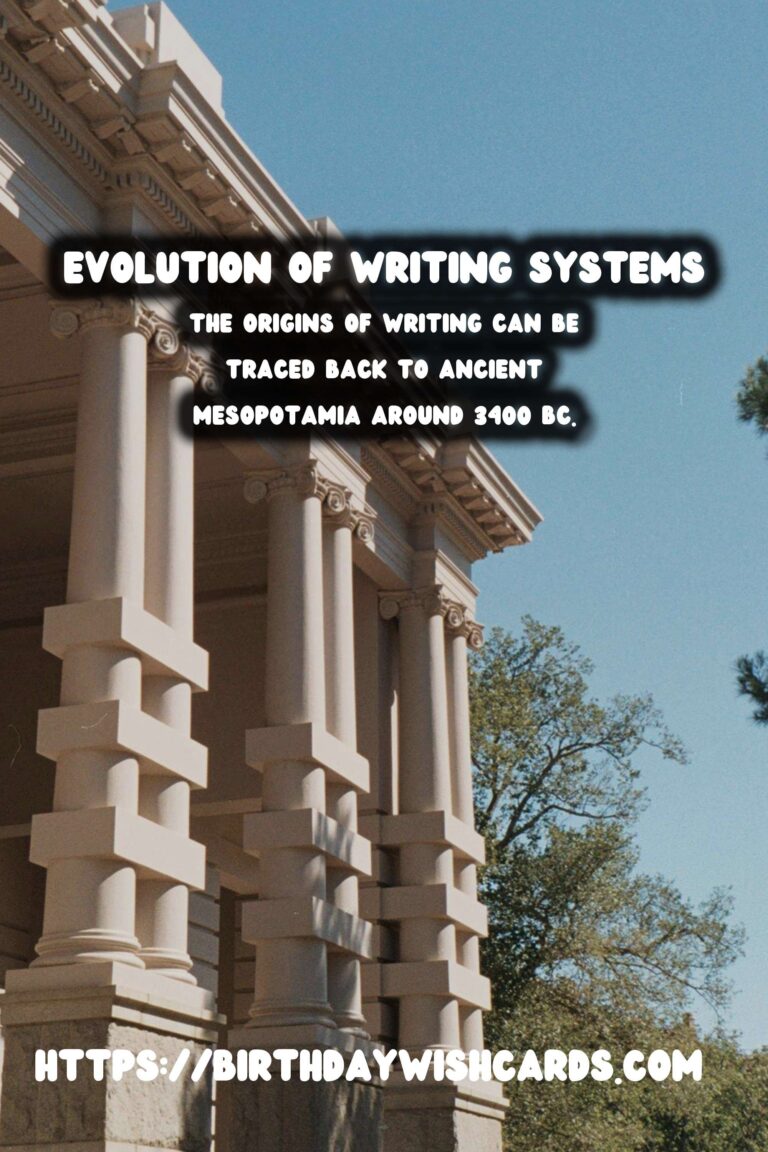
Writing is one of the most significant human inventions, a cornerstone of civilization that has dramatically evolved over thousands of years. From the earliest pictograms etched into stone tablets to the flowing art of modern calligraphy, writing has undergone significant transformations influenced by culture, technology, and innovation.
The Dawn of Writing Systems: Pictograms and Ideograms
The origins of writing can be traced back to ancient Mesopotamia around 3400 BC. Early writing systems began as pictograms, which are visual symbols that represent objects or concepts directly. These were often used in the documentation of transactions in agriculture and trade—the lifelines of ancient societies.
The Sumerians pioneered this form of writing on clay tablets using a stylus. Over time, these pictograms became more abstract, evolving into ideograms, where symbols began to represent ideas or actions rather than specific objects. This evolution aided in the transition from simplistic record-keeping to more complex forms of communication.
The Emergence of Syllabaries and Alphabets
As societies evolved, so did their writing systems. The gap between written language and spoken language began to close with the advent of syllabaries and alphabets, which allowed for phonetic representation of words. This was particularly evident in ancient Egypt and China.
Hieroglyphics in Egypt and the Chinese logographic system consisted of characters representing sounds or syllables, becoming the foundation for more sophisticated writing systems. Meanwhile, the Phoenicians developed one of the first alphabets, leading to the creation of the Greek and Latin alphabets that serve as the basis for many modern writing systems.
The Middle Ages and the Rise of Script
During the Middle Ages, writing underwent another transformation with the refinement of script styles. Monastic scribes in medieval Europe dedicated their lives to copying texts by hand, leading to the development of intricate and artistic script styles such as Gothic and Carolingian minuscule.
This period saw the widespread use of parchment and vellum, replacing papyrus and significantly influencing the legibility and artistry of written text. The invention of the printing press by Johannes Gutenberg in the 15th century revolutionized the production of books and the dissemination of knowledge, further evolving the aesthetics of writing.
Modern Writing: From Typewriters to Digital Text
The modern era brought about technological advancements that drastically changed the landscape of writing. The invention of the typewriter made writing more efficient and accessible, while the digital age introduced word processors, fundamentally changing the way writing is produced and shared.
Today’s digital platforms enable rapid communication and collaboration, yet they also pose unique challenges and considerations regarding the preservation of handwriting as an art form.
Contemporary Calligraphy: The Art of Beautiful Writing
Despite technological advancements, there remains a vibrant appreciation for the art of calligraphy. Modern calligraphy combines traditional techniques with contemporary innovation, appealing to artists and hobbyists alike.
Its popularity has surged in recent years, affirming that while digital text dominates communication, the elegance and precision of calligraphy continue to inspire and enrich cultural heritage.
Conclusion
The history of writing is a testament to human ingenuity and adaptability. From its humble beginnings as simple pictograms to the complex alphabets we use today, writing continues to evolve, shaping and being shaped by the societies that wield it.
As we forge into the future, the legacy of writing remains an integral element of human expression and communication, providing a connection to our past and a canvas for our future stories.
Writing is one of the most significant human inventions, a cornerstone of civilization that has dramatically evolved over thousands of years. The origins of writing can be traced back to ancient Mesopotamia around 3400 BC. 
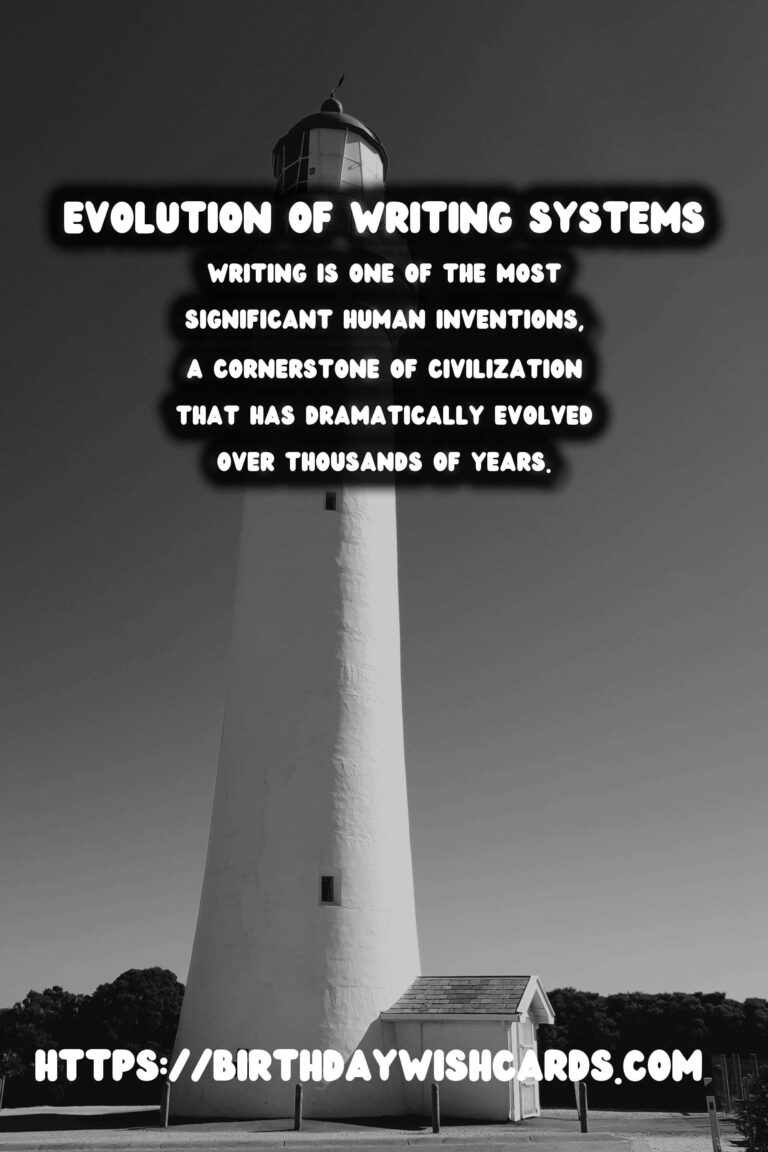
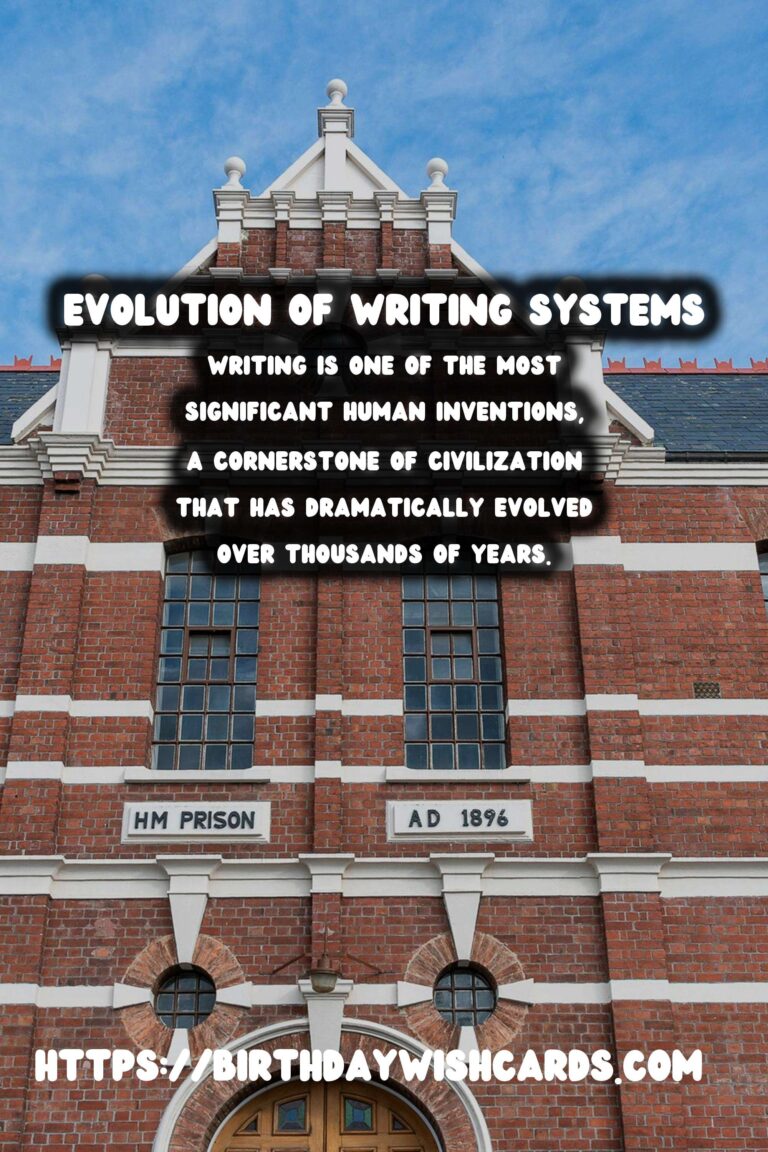

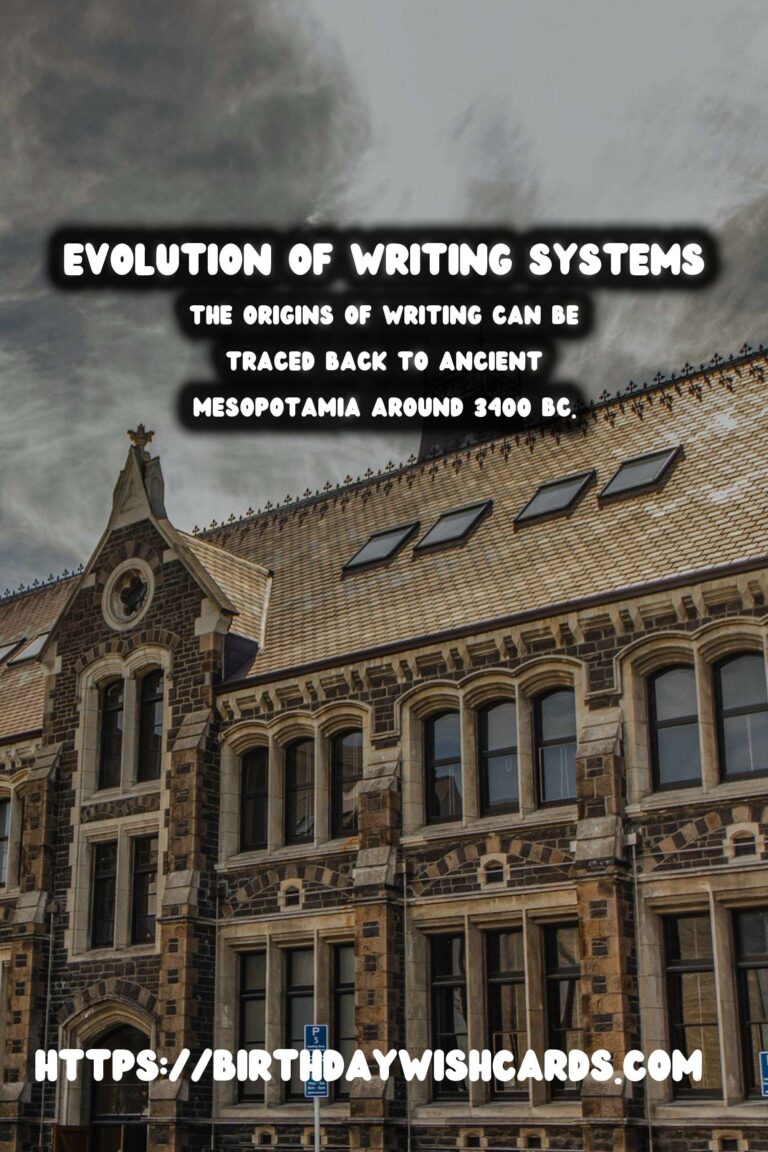
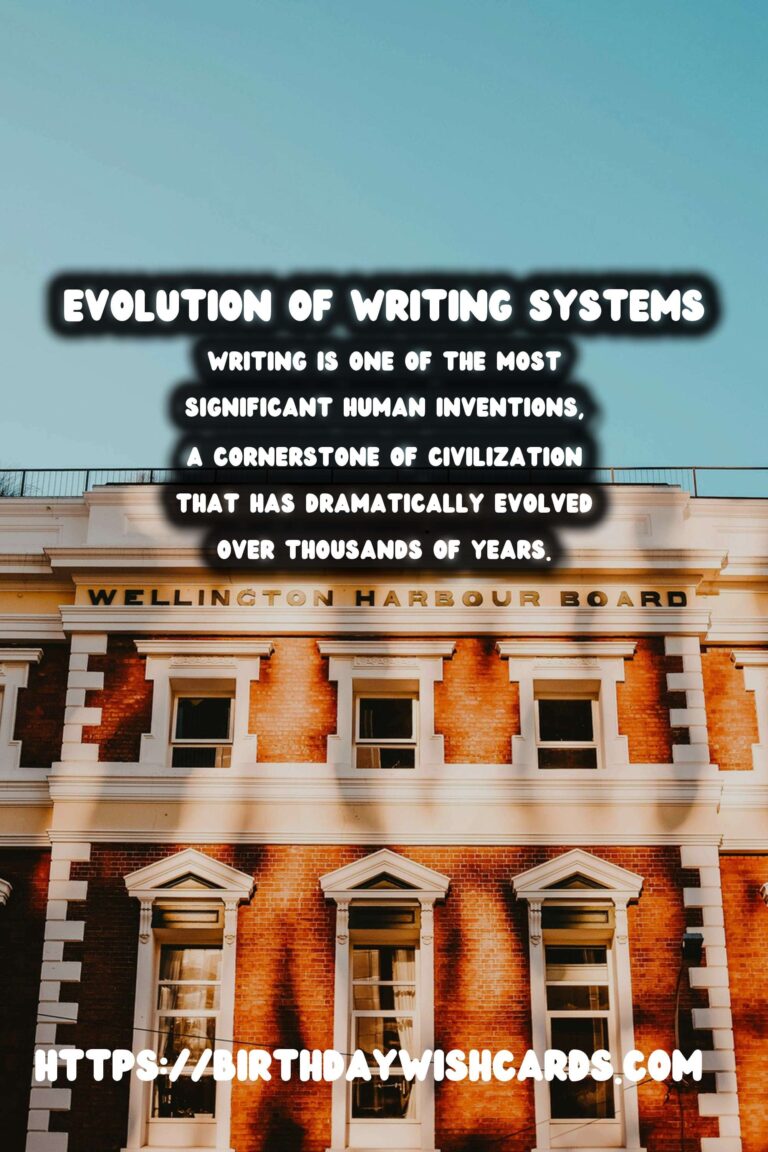


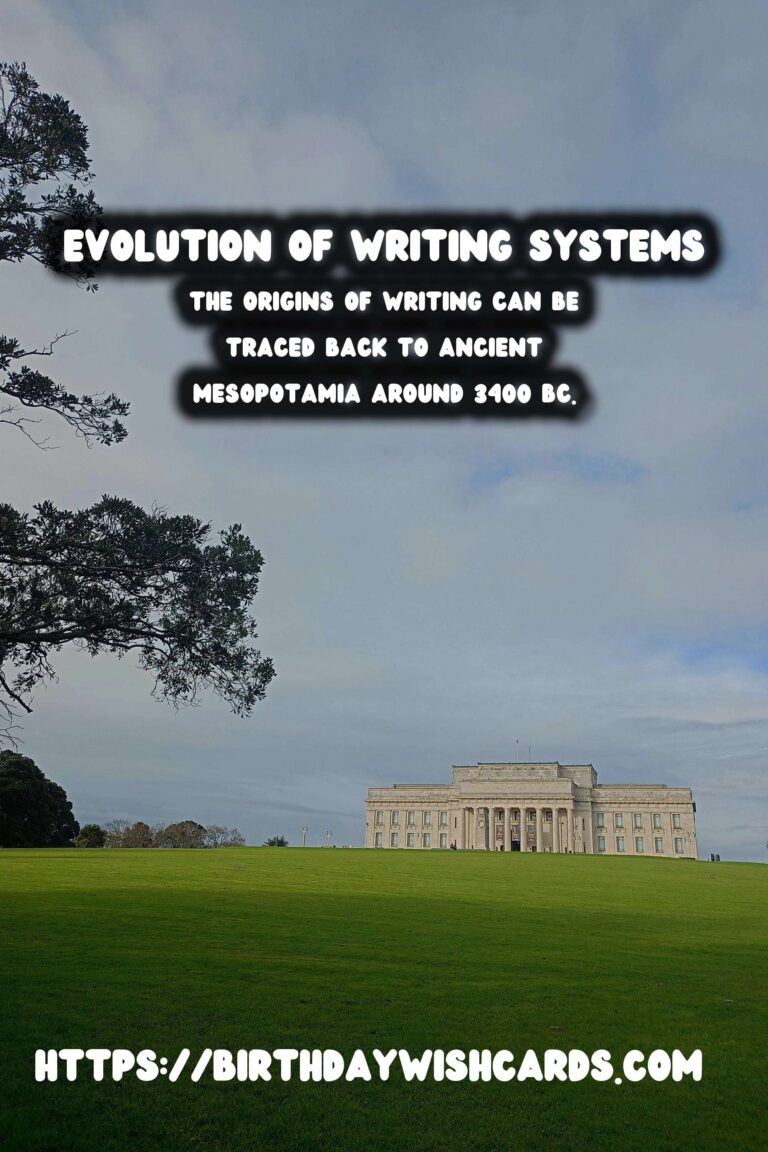

#HistoryOfWriting #Calligraphy




